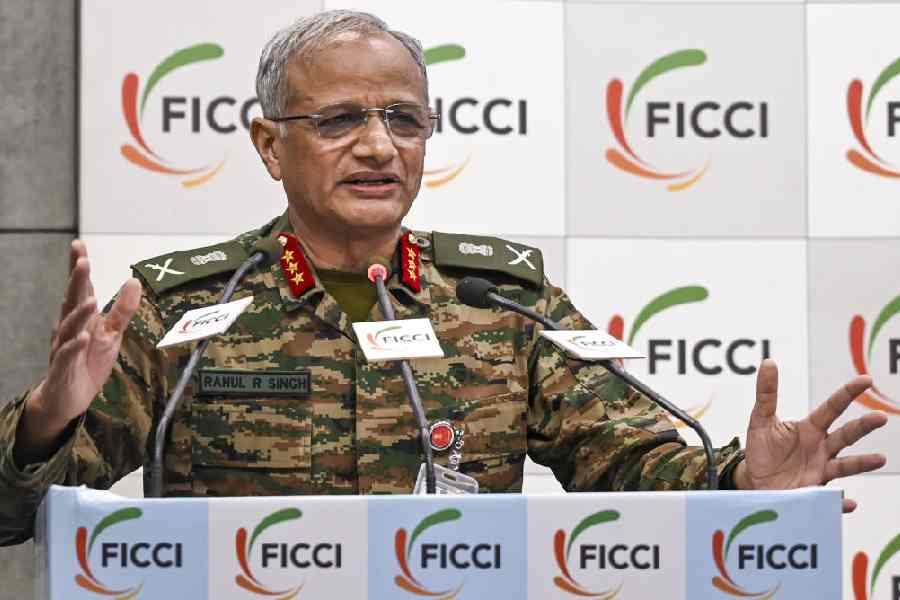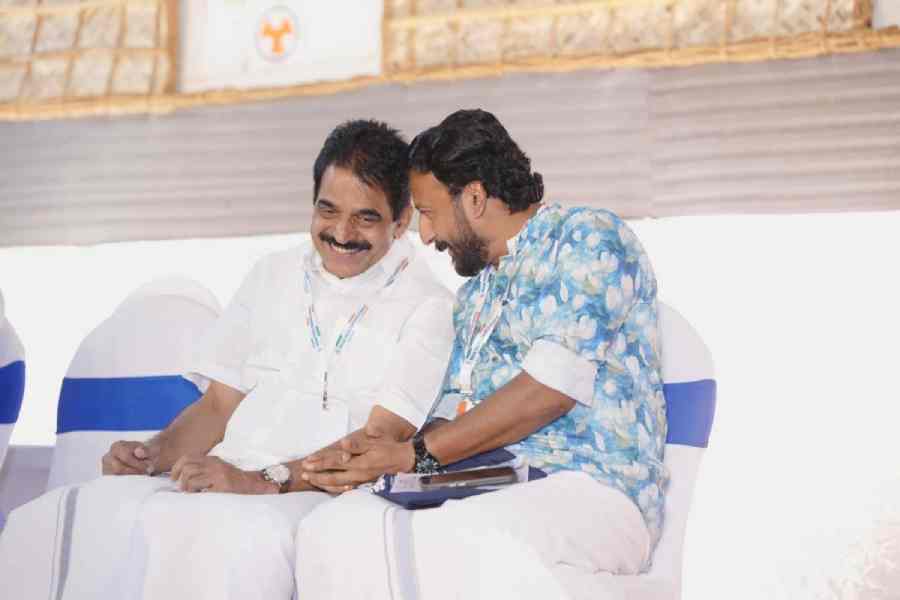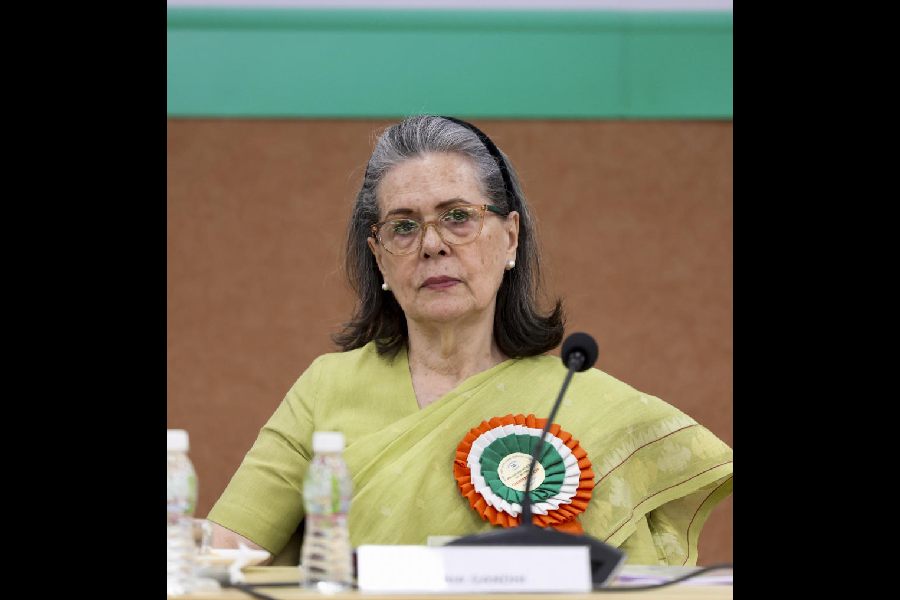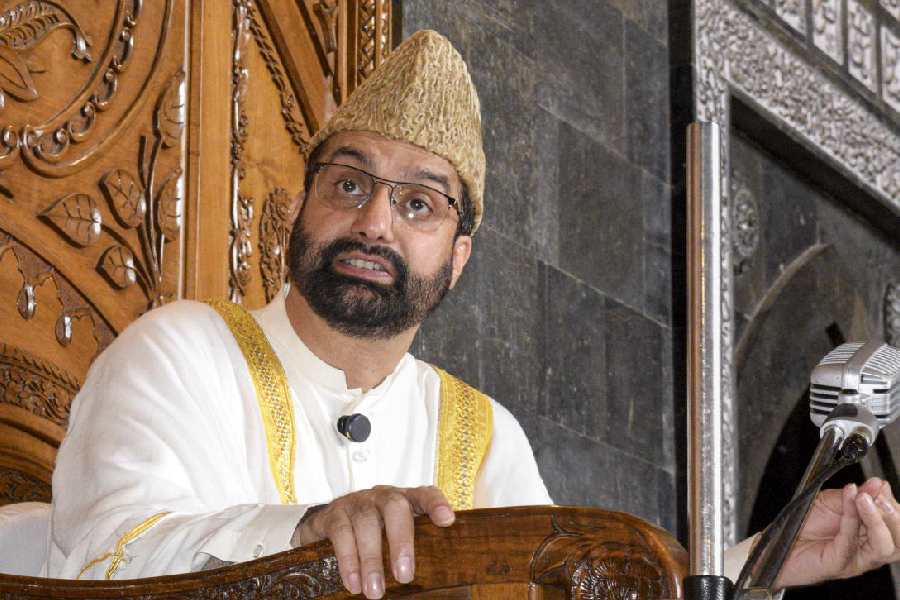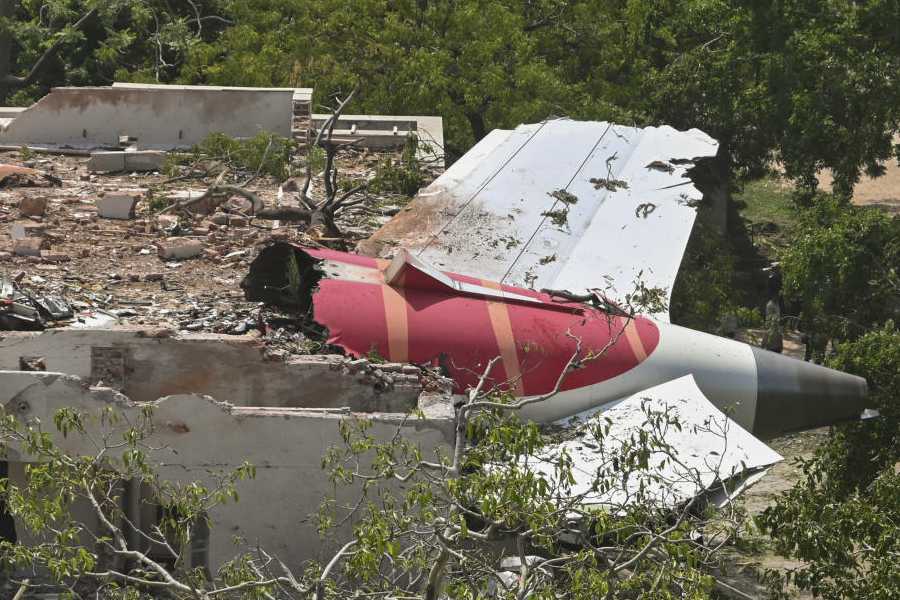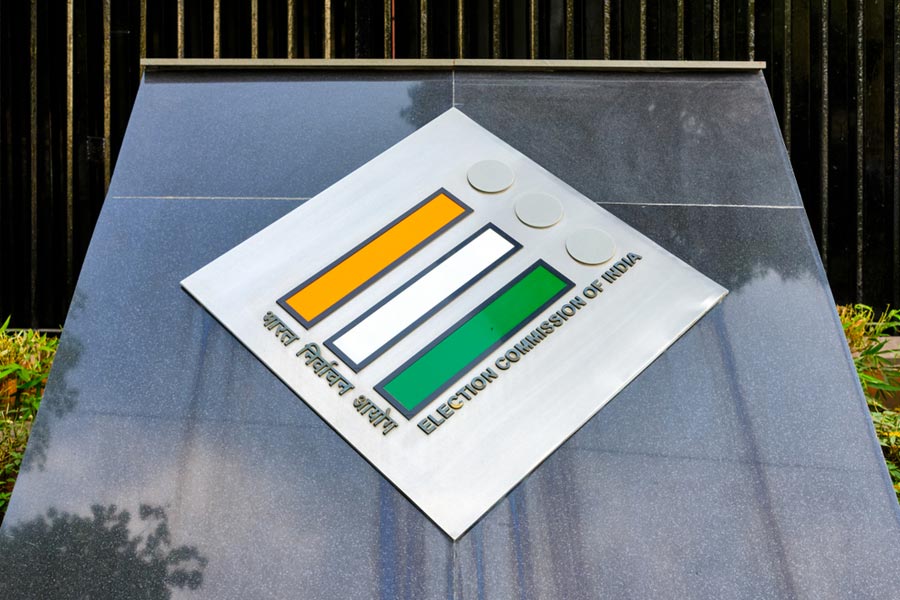
Rana Daggubati continues to straddle the very varied worlds of Hindi, Tamil and Telugu films with ease. “That’s the one thing that Bahubali (the 2015 blockbuster in which he starred as the antagonist Bhallala Deva) taught. I always felt like I wasn’t doing enough in any of the three industries, but now I’ve realised that I don’t need to worry. Language doesn’t matter. Only the story does,” says the 6’4” hunk who made his Bolly debut with the Abhishek Bachchan-Bipasha Basu 2011 film Dum Maaro Dum.
Rana’s first release of 2017 is The Ghazi Attack — “India’s first underwater/ war-at-sea” film — that releases today. Loosely based on the sinking of the Pakistani naval ship PNS Ghazi off the coast of Visakhapatnam in the 1971 India-Pakistan war, the film, directed by Sankalp, also stars Taapsee Pannu, Kay Kay Menon and Atul Kulkarni.
During a chat in the office of the film’s producer Dharma Productions in Mumbai’s Andheri (west), Rana spoke to t2 about what drew him to the film and why making it was traumatic.
How aware were you of this story before the film came your way?
I grew up in Hyderabad and Vizag was a place I would go to a lot. I have a lot of family there and we also have a studio there. I had heard stories when I was growing up. When you go to RK Beach in Vizag, there is a big board that says ‘Victory at Sea’, but very few people really know the story. My grandfather (film producer D. Ramanaidu) would tell my cousins and me the story. Everyone in Vizag has their own versions of the story.
Over a period of time, obviously, I forgot about this sunk submarine.
Post-Bahubali, I was looking for what I could do next. This story came to me very uniquely. I was talking to my friend Ram Mohan, who is a film producer, and we were driving past Diamond Park (in Vizag) and he suddenly said, ‘There is someone building a submarine set’. So, he stopped to talk to the person making it. Turns out this boy (Sankalp) had written a book called The Blue Fish: The War Beneath that was based on this event. He had decided to make a short film with a budget of Rs 10-15 lakh. I decided to meet him and see if he wanted to convert the short film into a feature film.
I am presuming Sankalp keeled over in shock at that point!
(Laughs) Ya! He couldn’t believe what was happening — a proper film actor and producer wanted to make his film! It would have been unfair to take away his idea from him. At the same time, he had never made a feature film before this. All Sankalp had made before The Ghazi Attack was one short film! He decided that he needed an A-list crew to help me through this film. But we didn’t know if we could afford them. Fortunately a lot of the crew, like Madhi, who has shot some of the biggest Tamil and Telugu films, came on board because they would never get to make a movie like this again.
We spent about five months just trying to figure out if we could make the film. It was tough to find writers who understood what submarines were and what it is like to live inside one. At the same time, my special-effects team was trying to figure out if we could get the visuals right and at what cost. I couldn’t have gone the Bahubali route and spent as much money as I wanted.
People have said that this doesn’t look like an Indian film but that’s because nothing like this has been made here. My reference points were films like U-571, Crimson Tide, The Hunt for Red October and Das Boot.
How did you go about creating the submarine?
We didn’t want a regular film art director so we got product designer teams from NID (National Institute of Design) to work on it. The Indian submarine was a Russian-made S-21, so we got blueprints to make it as authentic as possible. The entire set was on hydraulics, so it would move. So, when the actors were talking, they were automatically reacting to the movement of the sub.

What about historical accuracy about the incident itself, because there are a lot of theories about what or who sunk PNS Ghazi. The Indian Navy credits INS Rajput, which was an R-Class destroyer and not a submarine like it’s shown in your film...
See, the film is based on the book that Sankalp wrote and then we started meeting people from the Navy who served during the 1971 War. The files of this incident are classified, so it’s practically impossible to get the true story about what happened. This is why we don’t say that this film is based on true events. Instead, our film is inspired by true events.
What is the truth? You can see PNS Ghazi sunk about 15 miles off the coast of Vizag. There is INS Kursura on the beach in Vizag with the board that says ‘Victory at Sea’. This happened on midnight of December 3 and early morning of December 4, which is the Indian Navy Day. The 1971 War was declared on December 9 and December 11 is when news about Rajput came out. I just wanted to make a film that celebrates the Indian Navy. We are the fourth-largest Navy in the world but we have very rarely had films that glorify this arm of our defence force.
Did you make The Ghazi Attack in between the two Bahubali films?
No. We had started shooting for (Bahubali) Part 2. I had a break of a few months between schedules. But the only problem was how I looked. I was about 14kg heavier when I was shooting Bahubali. I didn’t look like a submariner!
In your Bahubali avatar, you wouldn’t have fit into a submarine!
Exactly! I had about four-six weeks to lose muscle. I had to stop eating protein and stop lifting heavy stuff. I turned vegetarian for sometime. Like not even eggs!
I know you love your meats. That must have been traumatic for you!
Yes, very traumatic. Very, very traumatic! This was probably the hardest thing I’ve had to do for a movie. Meals at home were okay because I would just eat whatever was served to me. When I had to order in a restaurant was when I was completely at a loss. I had never ordered vegetarian food before!
I was like, what do vegetarians even eat?! (Laughs) Vegetarian food for me was all the stuff I would leave behind on a plate when I would eat a steak. Thankfully, this worked for me. My body was just as traumatised as I was emotional, so I dropped muscle quite quickly. I dropped 11kg before I started shooting and another 3-4kg during the course of the film.
The problem was when I had to put the muscle back on for Bahubali. What I forgot to take into account was that when I first put on the muscle for Bahubali I was 26 and now I was 32. My body wasn’t reacting as quickly or easily. Luckily, the Bahubali schedule got pushed a little so I got some extra time to get back on track. Post-Ghazi, I was eating nine meals a day!


